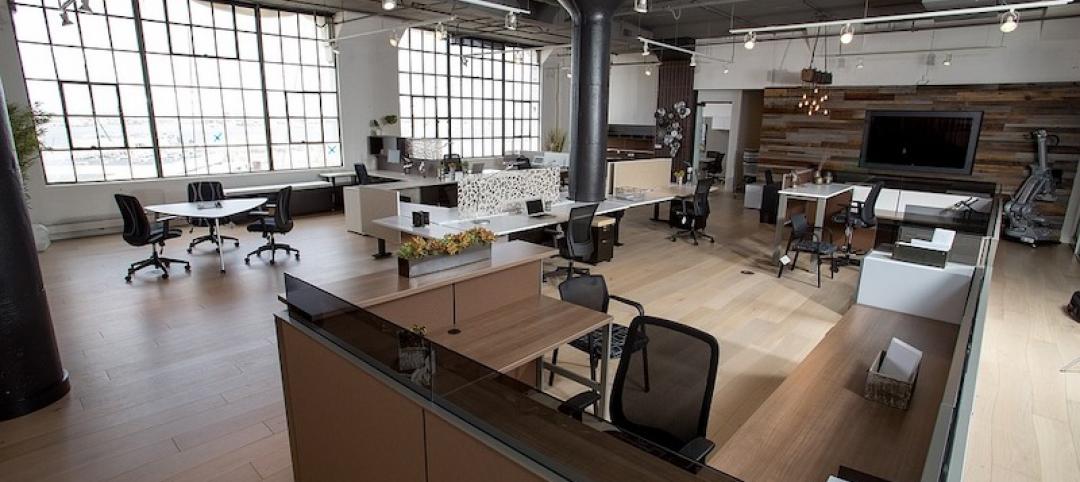Nearly two out of three U.S. metro areas added construction jobs between October 2020 and October 2021, according to an analysis by the Associated General Contractors of America of government employment data released today. Association officials noted that the job gains would likely have been larger and more widespread if firms weren’t dealing with the twin challenges of supply chain problems and labor shortages.
“While it is heartening that construction is recovering from the lows of 2020 in much of the country, the pandemic is still causing major supply-chain problems and is keeping some workers from seeking employment,” said Ken Simonson, the association’s chief economist. “Those impediments threaten to limit construction employment gains in many metros.”
Construction employment increased in 236 or 66% of 358 metro areas over the last 12 months. Sacramento--Roseville--Arden-
Construction employment declined from a year earlier in 72 metros and held steady in 50. Nassau County-Suffolk County, N.Y. lost the most jobs (-6,700 or -8%), followed by New York City (-5,500 jobs, -3%); Orange-Rockland-Westchester counties, N.Y. (-3,600 jobs, -8%); Dallas-Plano-Irving, Texas (-2,800 jobs, -2%) and Calvert-Charles-Prince George’s counties, Md. (-2,600 jobs, -8%). The largest percentage declines were in Evansville, Ind.-Ky. (-17%, -1,700 jobs); Altoona, Pa. (-13%, -400 jobs); Watertown-Fort Drum, N.Y. (-11%, -200 jobs); and Gary, Ind. (-10%, -1,700 jobs).
Association officials urged the Biden administration to continue working to reduce tariffs on key construction materials, and to take additional steps to ease supply chain problems at ports and other shipping facilities. They added that the association was working to recruit more people into the construction industry, and the recently enacted Bipartisan Infrastructure Bill should send a positive message to many workers about the expanding career opportunities in construction.
“Firms are struggling to source materials for projects, coping with rising prices for those materials, all while eagerly searching for workers to put those materials in place,” said Stephen E. Sandherr, the association’s chief executive officer. “We are eager to work with public officials to address supply chain challenges even as we work to recruit more people into high-paying construction careers.”
View the metro employment data, rankings, top 10, and new highs and lows.
Related Stories
Market Data | Aug 19, 2019
Multifamily market sustains positive cycle
Year-over-year growth tops 3% for 13th month. Will the economy stifle momentum?
Market Data | Aug 16, 2019
Students say unclean restrooms impact their perception of the school
The findings are part of Bradley Corporation’s Healthy Hand Washing Survey.
Market Data | Aug 12, 2019
Mid-year economic outlook for nonresidential construction: Expansion continues, but vulnerabilities pile up
Emerging weakness in business investment has been hinting at softening outlays.
Market Data | Aug 7, 2019
National office vacancy holds steady at 9.7% in slowing but disciplined market
Average asking rental rate posts 4.2% annual growth.
Market Data | Aug 1, 2019
Nonresidential construction spending slows in June, remains elevated
Among the 16 nonresidential construction spending categories tracked by the Census Bureau, seven experienced increases in monthly spending.
Market Data | Jul 31, 2019
For the second quarter of 2019, the U.S. hotel construction pipeline continued its year-over-year growth spurt
The growth spurt continued even as business investment declined for the first time since 2016.
Market Data | Jul 23, 2019
Despite signals of impending declines, continued growth in nonresidential construction is expected through 2020
AIA’s latest Consensus Construction Forecast predicts growth.
Market Data | Jul 20, 2019
Construction costs continued to rise in second quarter
Labor availability is a big factor in that inflation, according to Rider Levett Bucknall report.
Market Data | Jul 18, 2019
Construction contractors remain confident as summer begins
Contractors were slightly less upbeat regarding profit margins and staffing levels compared to April.
Market Data | Jul 17, 2019
Design services demand stalled in June
Project inquiry gains hit a 10-year low.

















